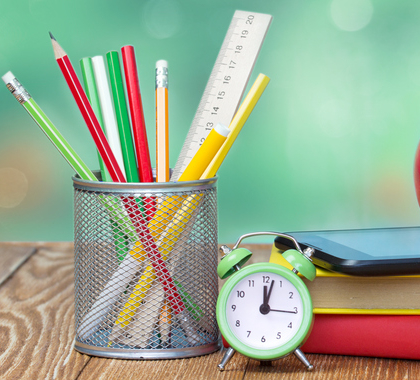Imagine for a second that you are one of Pennsylvania’s poor. You love your children and work hard to provide the best for them you can. You want nothing more than for them to have a life better than you had, with more opportunities than you were provided, and with far fewer struggles than you’ve had to go through.
You know down to the marrow in your bones that a good education is the key to a comfortable life for your children. Unfortunately, the neighborhood public school you have to send your kids to is not all you hope it would be for a myriad of reasons. It routinely ranks among the worst in the state. You worry your kids are falling behind their peers elsewhere, and that they’re falling into a hole they won’t be able to extricate themselves from. You fear their school experience is so unsatisfying it will sour their desire to learn and may lead them to drop out when they get to an age where they can do so. Then where will they be? Right where you are. Exactly what you never wanted for them. If that happens, you think to yourself, you would have failed them.
You know there are better schools out there – safer schools where your kids’ unique needs will be met, and they’ll actually look forward to heading there in the mornings. Unfortunately, you just can’t afford it. So your kids are stuck in an environment that you know isn’t best for them, and it breaks your heart. Every single day, when you watch them leave, it breaks your heart. If only there were some way you could get them out of that school.
Fortunately for the thousands and thousands of parents living this nightmare, Pennsylvania legislators have the opportunity to do something remarkable for their kids: Give them a way out. A bill just introduced in the Pennsylvania Senate would establish an education savings account (ESA) program for students attending the lowest-performing 15 percent of public schools in the Keystone State.
With an ESA, state education funds allocated for a child are placed in a parent-controlled savings account. Parents then use a state-provided debit card to access the funds to pay for the resources chosen for their child’s unique educational program. The proposed bill before the Senate would allow ESAs be used to pay for tuition and fees at private and parochial schools, as well as textbooks, tutoring services and educational therapies. Additionally, the ESAs could be used to cover the fees required to take national standardized achievement tests, such as the SAT and ACT. The maximum scholarship amount for an eligible student would be $5,700, which is the average funding per-pupil provided by the commonwealth. All leftover funds could be rolled over for use in the following school year and can even be used to pay tuition costs for higher education.
“Too many Pennsylvania children are relegated to persistently underperforming schools based on nothing more than a home address,” wrote three of the bill’s sponsors in a memorandum. “Chronic low performance and abysmal graduation rates fail to prepare our students for college or careers. Clearly, there is an urgency to serve families who do not have the means or the good fortune to enroll in a high-quality school.”
The sponsors are correct; too many public schools in Pennsylvania are failing to adequately prepare their students for productive lives. This ESA program can help rectify this problem. The overwhelming majority of the available empirical evidence shows education choice offers families equal access to high-quality schools that meet their widely diverse needs and desires, doing so at a lower cost, and while simultaneously benefitting public school students.
The school choice movement is dedicated to the simple proposition that parents have the right to options for their child’s education and that a child’s education should not be determined by the zip code they reside in or by fate’s caprice. When parents are given the opportunity to choose, all schools – public and private – must compete for their students and improve, which gives more children the opportunity to attend a quality school.
[Originally Published at RealClearEducation]





